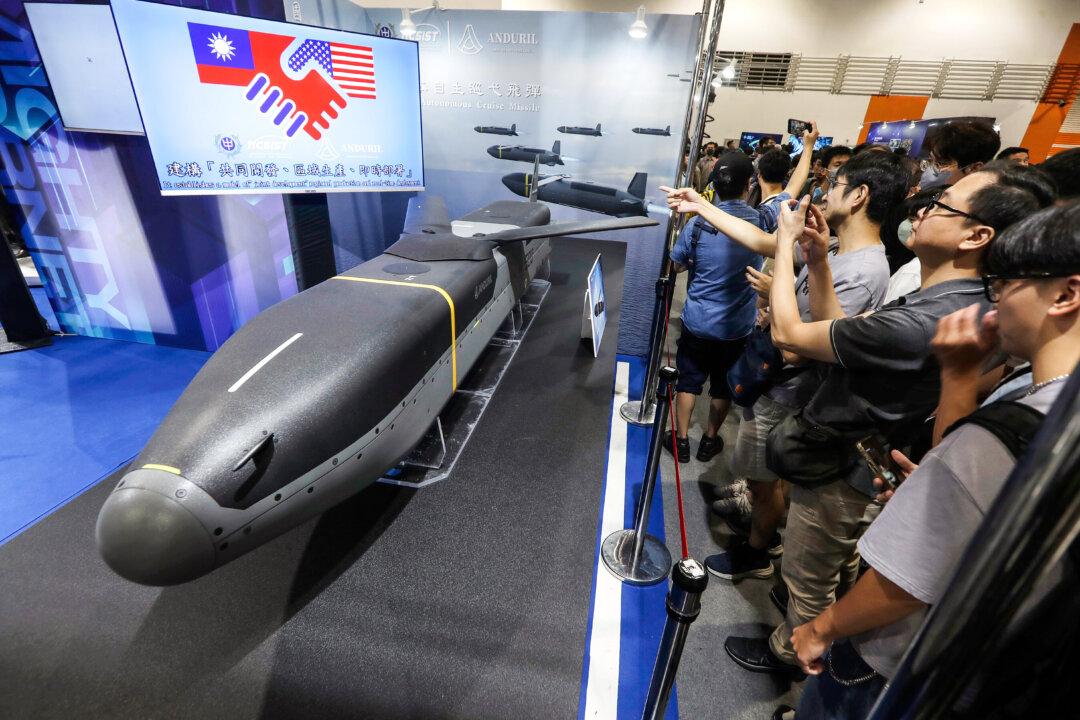Researchers at Britain’s Oxford University have developed a new test for the CCP virus that can deliver diagnoses “in less than five minutes,” using single-particle imaging and machine learning, according to a paper published on MedRxiv, the preprint server for Health Sciences.
The scientists are hoping to have an approved integrated device that “will eventually be used for testing in sites such as businesses, music venues, airports, etc.,” an article on the university’s website said on Oct. 15. They say they are hoping to begin development of the device early in 2021 and have an approved product available within six months of that time.





